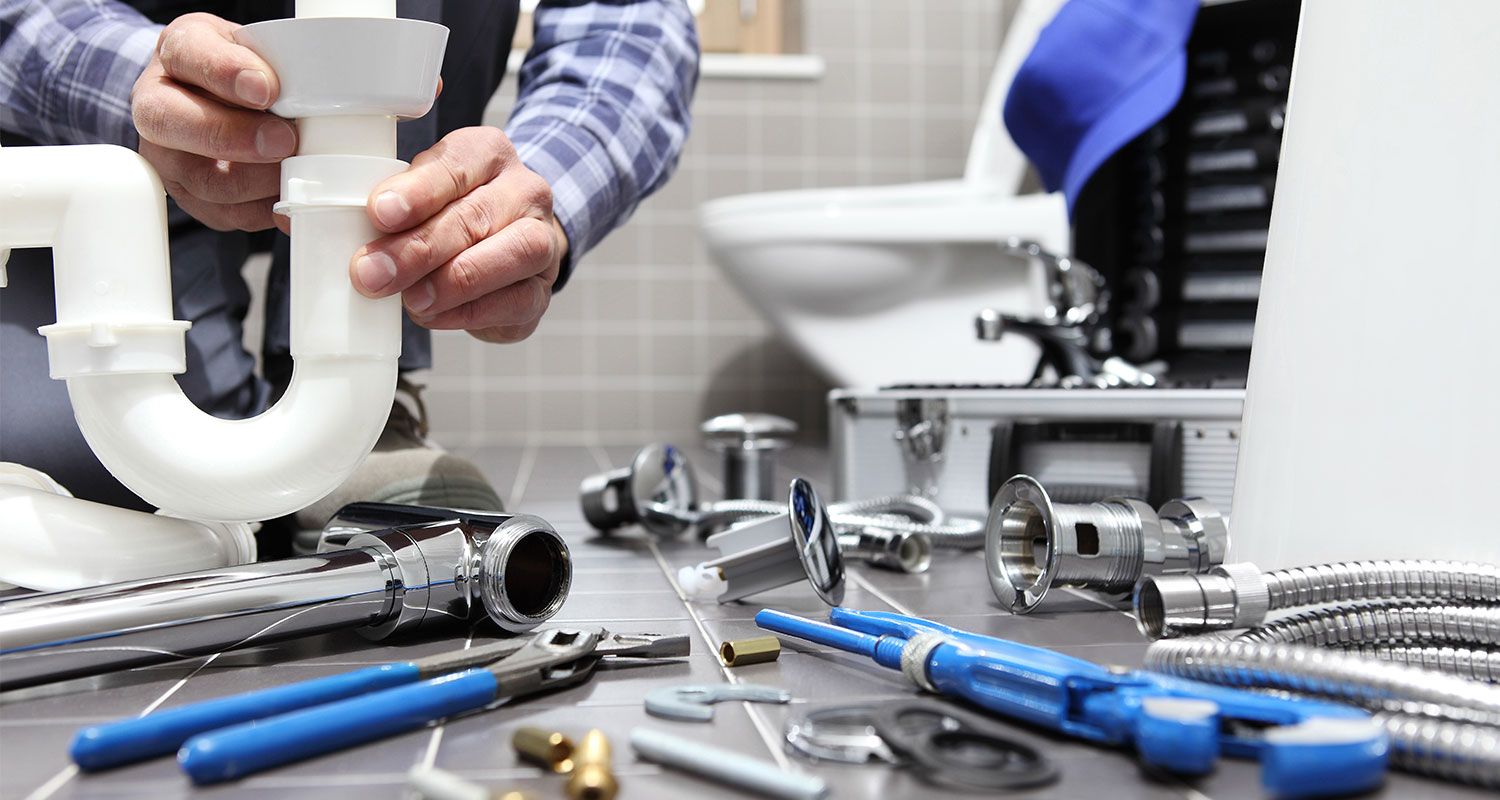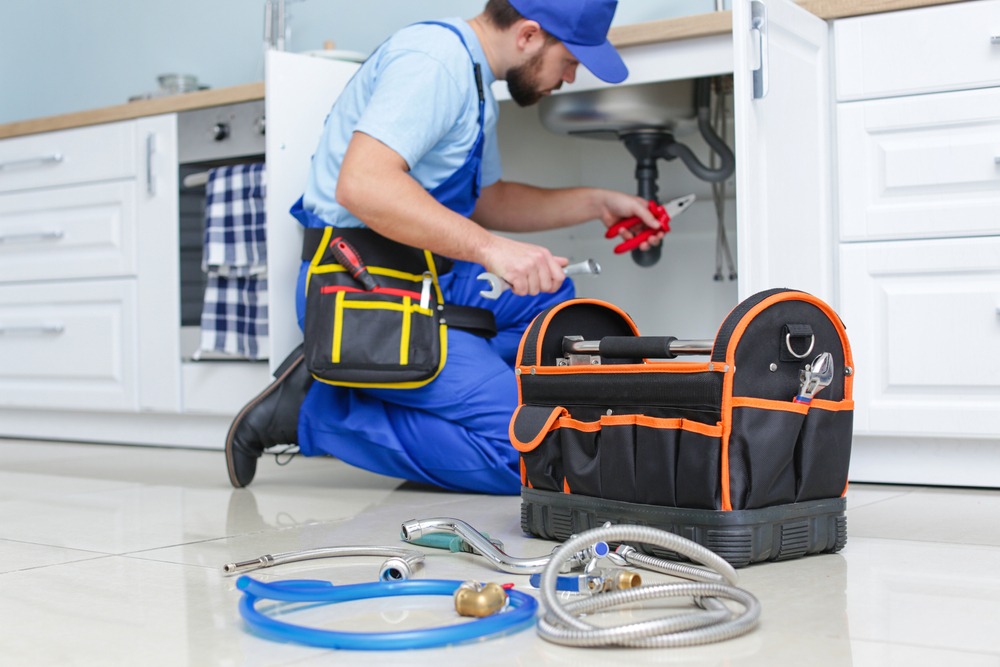Dependable Plumber Alabaster AL for All Your Emergency situation Needs
Dependable Plumber Alabaster AL for All Your Emergency situation Needs
Blog Article
A Step-by-Step Overview to Efficient Water Heater Installment for Optimum Efficiency
Beginning on the task of mounting a hot water heater is an endeavor that demands precision and an organized technique for accomplishing optimal performance. The procedure begins with the important decision of selecting the appropriate heater customized to the certain needs of your household, taking into consideration aspects such as type, power, and size source. Once picked, preparing the installment location to meet safety standards is extremely important. Nonetheless, the journey does not finish here. As you proceed, the details of linking water lines and establishing reliable electric or gas connections wait for, appealing insights into ensuring performance and dependability.
Picking the Right Water Heating System

Following, consider the size and ability of the water heater. It's important to examine your household's warm water demands, which can differ based upon the variety of occupants and their usage patterns. A system that's as well tiny might lead to insufficient hot water, while a large version could result in unnecessary energy usage.
Effectiveness rankings additionally play a pivotal role in selection. Try to find hot water heater with high Power Factor (EF) ratings, indicating remarkable efficiency and lowered power use. Tankless versions, though generally a lot more costly in advance, offer substantial energy savings over time due to their on-demand home heating capacities.
Preparing the Installment Location
Prior to setting up a new hot water heater, precise preparation of the installation area is essential. This ensures a smooth installation procedure and assists avoid future problems (Drain Cleaning Alabaster AL). Begin by choosing a suitable location that complies with local building regulations and safety and security requirements. The area should be completely dry, well-ventilated, and obtainable for upkeep. It's important to measure the room very carefully to fit the water heating unit's dimensions, making certain appropriate clearance around the system for efficient procedure and maintenance.
Next, remove any type of debris, dirt, or obstructions from the site to produce a tidy environment. Inspect the flooring for stability, as the hot water heater will require a strong, degree surface area to run effectively. If essential, set up a drip frying pan beneath the device to capture prospective leakages or spills, avoiding water damage to the surrounding location. In areas vulnerable to seismic task, think about installing seismic bands to safeguard the heating system firmly in position.
Furthermore, make certain that all essential devices and products are on hand before commencing the installation. This consists of things such as wrenches, screwdrivers, a degree, and any type of added equipment needed for securing the heater and placing. A well-prepared installment area sets the foundation for an effective water heating unit configuration, enhancing performance and safety and security.
Connecting Water Lines
When linking supply of water lines to your newly installed water heating system, it is crucial to ensure that all links are safe and secure and leak-free to preserve efficient procedure and protect against water damage. Begin by identifying the hot and cool water system lines. The cold water hop over to these guys inlet is generally marked with a blue tag or a "C", while the warm water outlet is noted with a red label or an "H".
Use flexible water heating system ports to assist in a simpler installment process. Before affixing the connectors, put a plumbing professional's tape around the threaded ends of the water heater's inlet and electrical outlet pipelines.
Once connections are in location, gradually activate the primary water valve. Inspect each link for leaks by aesthetically examining and feeling for moisture. Tighten links as necessary, and make certain the stress safety valve is properly set up, safeguarding against extreme stress accumulation.
Establishing Up Electric or Gas Links
Correctly setting up the electrical or gas connections for your hot water heater is a vital action to ensure secure and efficient procedure. For electric water heating systems, start by confirming that the electrical circuit works with the heating system's voltage and amperage demands. Make sure the power supply is transformed off at the circuit breaker to prevent accidents. Connect the electric cables to the heater following the supplier's circuitry representation. Normally, this includes connecting the ground cord to the eco-friendly terminal, and the staying cords to their equivalent terminals, protecting each with wire nuts.
For gas water heating systems, safety is vital. Connect the gas line to the water heating unit making use of a flexible gas port, guaranteeing it is effectively threaded and sealed with pipe joint substance or Teflon tape ideal for gas connections.
When links company website are made, evaluate for any prospective leakages. For gas lines, use a soapy water service to the joints; bubbles suggest a leakage. For electrical connections, verify that all wiring is protected and appropriately shielded, maintaining compliance with neighborhood electric codes.
Adjusting and checking for Performance
With the electric and gas links safely in area, the next step is examining the functional performance of your water heating system. Begin by meticulously transforming on the water supply and ensuring there are no leaks at any of the joints or valves.
Next, perform a complete examination to ensure the heating elements or gas burners are operating appropriately. For electrical heaters, use a multimeter to validate if the elements are drawing the appropriate current. In gas models, observe the burner flame; it ought to be consistent and blue, showing efficient combustion.
Readjust the setups as essential to get rid of inadequacies. Take into consideration applying insulation procedures, such as including a hot water heater blanket, to further enhance performance by reducing heat loss. In addition, inspect the anode rod's condition, as a shabby rod can reduce efficiency and lead to tank corrosion.
Final Thought
Efficient water heating unit setup is critical for ensuring optimal performance and energy savings. Securely linking water supply lines and thoroughly establishing up electric or gas links lessen prospective issues.

Correctly setting up the electrical or gas links for your water heater is an important action to make certain reliable and secure operation. For electrical water heaters, begin by verifying that the electrical circuit is compatible with the heater's voltage and amperage demands. Attach the gas line to the water heating system utilizing a versatile gas connector, guaranteeing it is effectively threaded and sealed with pipeline joint compound or Teflon tape appropriate for gas links.
Report this page